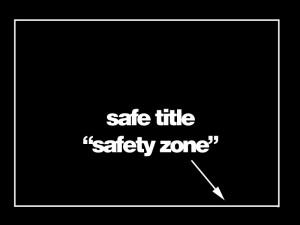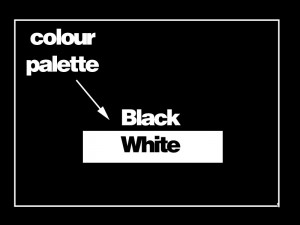In this week’s fxpodcast we speak to John Montgomery about one of the most complex and difficult shots for this year’s Super Bowl. In a detailed account he explains the tips and tricks – and inside gossip – of how a major effects shot in an award winning Super Bowl spot is done. “When the agency art director showed me the concept I knew that John was the guy we needed,” says multiple Clio-award-winning editor Terry Kaney, “and his ability to use sensitivi
While much attention is given to film visual effects, the advertising budget for the top 100 American advertisers is greater than the combined budgets for Network TV, Hollywood, the Gaming and Porn industries.
And there is no greater focus on television advertising than the Super Bowl. For one day American watches with one mind a do or die one off game. Equally important is the annual clash of Super Bowl commericals. So popular are the ads during this annual event that Tv shows, web sites and even news coverage is given over to the ads alone.

This year’s Super Bowl was no different. In this exclusive story we break down the to the button level some of the techniques and tips that are required to work succeed on the most high profile spots of the year.
Thanks to special clearances that took months to negoiate this weeks podcast is both informative and educational. One of the issues that the project faced was working in the saftey zone. Issues of 16:9 , 14:9 and 4:3, transmission, over scan and underscan, and even quicktime had to be balanced to make the “gag” work and the shot succeed.
Often times the issues of edge of frame is taken for granted by non technical operators, but with a significant amount of viewers watching on quicktime – where the full frame is displayed – vs TV viewers who have underscanned monitors and transmission differences… the actual “percieved” edge of frame is vastly different. “What works for the older model NTSC TV in middle America – will perhaps not work for the bit torrent/Twin TiVO/qucktime playing Intel Mac head sitting on his couch in Santa Monica”, Montgomery Jokes.

“Thankfully, Montgomery brought all these technical issues to me and we were able to save the day,” said SOMERsault Senior Producer of Motion Graphics and Visual Effect Production Issues ( SPMGVEPI ) Ross Woods. “We ended up laying off 17 versions of the spot, one for each possible way a viewer might watch the spot. In the days since the project shipped, though, we came up with 3 more possibilities, so Monty is scheduled back in to work on these versions next week.”
One of the issues discussed in the podcast is the nature of white. In TV seldom is 100% RGB actually used, due to ringing and response drop off curves on older sets. Add to this both the combination of viewing environment and the human eye response to illuminated Phosphor – which is used in most tube TVs vs the over lit newer LCD and Plasma responses. In fact human perception often favors a blue tint white over 100% white – this white is ‘read’ as being whiter than IEEE SMPTE white.

While the white point in a broadcast environment is key – there are issues of floating point vs 8 or 16 bit. As if this was not enough – a shot this expensive was likely to be produced for optimum NTSC viewing – but then be motion compensated standards converted for PAL and possibly SECAM transcoding.
When working at such an international level issues were raised about American Phosphor “white” vs the more complex European “Phosphor”. Certain here at Fxguide we have to compensate for Southern hemisphere and Northern Hemisphere magnetic field changes the so called “which way around and down the toilet” natural phenomenon. White is actually magnetically affected due to the polar magnetic field distortion.
While this affect is almost unmeasurable being less than .002 % of the colour temp, as film compositors know, even small colour temp differences can affect the over all look and that setting the correct white point can really affect the emotional response to a shot. Solving such global issues “involved a fair amount of R&D and googling” explained Montgomery.
Luckily while many facilities have run down their engineering departments in the move to more desktop solutions, Montgomery’s team had all the correct calibration, back light and gamma colour management probes and tools to set the correct values and deal with the so called “soft shoulder” fall off effect. In the simpest terms when white reaches 100% it can clip or roll off with a less abrupt response curve. Montgomery’s team took the trouble to consider both a soft shoulder for the whites and the matching “soft” shoe for the blacks. ” It was a bit of a soft shoe shuffle ” badly jokes Montgomery.
